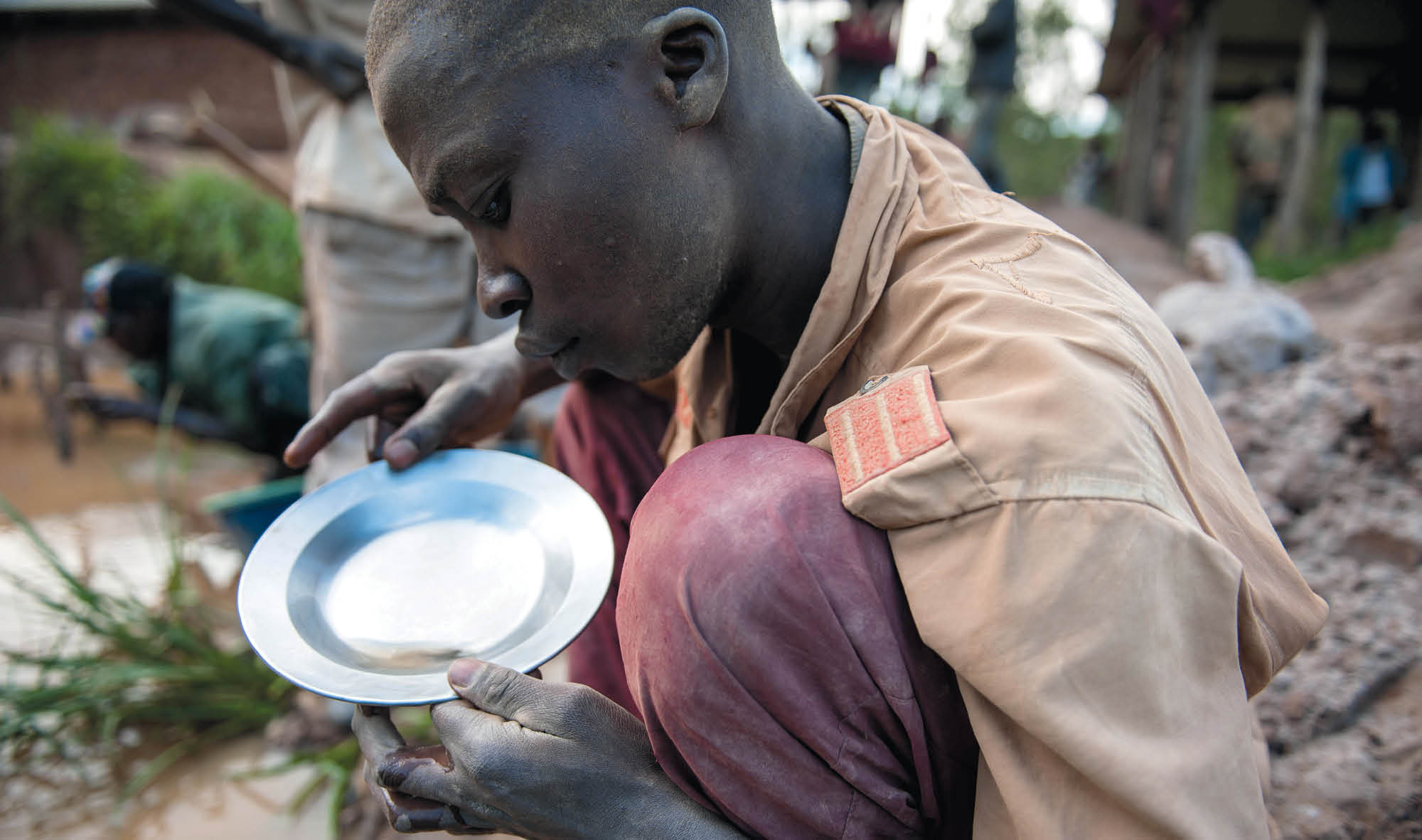The impact of sourcing responsible minerals

An ambitious change in U.S. accounting rules appears to be helping reduce violent conflicts in Africa, according to a new study.
The conflict minerals disclosure rule, or Dodd-Frank’s Section 1502, has required companies as of 2014 to publish detailed reports on their sourcing of tantalum, tin, tungsten, and gold. These so-called 3TG, or “conflict minerals,” used in smartphones, laptops, electric vehicles, and other devices, have fueled a humanitarian crisis by serving as a major source of revenue for armed groups in Central Africa.
“With Dodd-Frank, the SEC made an unprecedented move by requiring disclosures intended to tackle issues outside of the shareholder-protection realm,” says Assistant Professor Omri Even-Tov, co-author of the study.

The U.S. government’s response focused on transparency rather than sanctions. The hope was that if consumers, investors, employees, and other stakeholders knew more about the conflicts linked to the mining of minerals in the devices they use every day, they would push companies to change their supply chains and, more importantly, that the changes in companies’ mineral-sourcing decisions would help alleviate the conflicts.
It seems to be working, Even-Tov found.
Analyzing data from the first four years after the disclosure requirement was enacted, Even-Tov, along with Seoul National University Professor Bok Baik and others, found that companies became substantially more responsible in sourcing minerals. What’s more, their analysis found that the number of conflicts decreased.
The researchers collected data from over 4,000 minerals disclosure reports published by more than 1,000 companies between 2014 and 2018. Over the four-year period, responsible sourcing nearly doubled, increasing from 45% to almost 82%.
Even though companies were not penalized for continuing to buy conflict minerals, the researchers found that public attention made companies more committed to responsible sourcing. For every 100 downloads of a company’s disclosure report, they noted a 1.2% increase in the percentage of conflict-free smelters and refiners and a 4.5% increase in the likelihood that a company would put in place a policy for avoiding conflict minerals.
Market reaction also appeared to play a role. In the five days surrounding the publication of a disclosure report, Even-Tov found that a one standard-deviation increase in the number of conflict-free smelters and refiners that companies sourced from (which amounted to a 24% overall increase) was associated with a bump of about 0.6% in market value, which equates to $66 million for the average company in the sample.
To determine the humanitarian impact, the researchers drew from the Armed Conflict Location & Event Database to obtain the dates, locations, and types of conflict events between 2010 and 2019.
They found that the number of conflicts decreased by 15% in the mining regions of the Democratic Republic of Congo and the nine neighboring countries covered by the disclosure rule, relative to countries not covered. They also found that conflicts had not spilled over into non-mining areas.
“I don’t want anyone to think that the conflict minerals disclosure rule is a panacea; it’s not,” says Even-Tov. “But our results show that increased transparency is effective at nudging companies toward responsible actions that are having a real impact.”
He even thinks that the policy should be applied more broadly. For example, the Democratic Republic of Congo supplies most of the world’s cobalt, a mineral not currently mentioned in the rule. He believes it should be added.
Still, Even-Tov acknowledges the need for policymakers to strike a delicate balance with laws requiring more disclosure. “It’s easy to ask companies to disclose more,” he adds, “but what’s crucial is to measure the impact the disclosures have. That’s what we, as accountants, are endeavoring to do.”